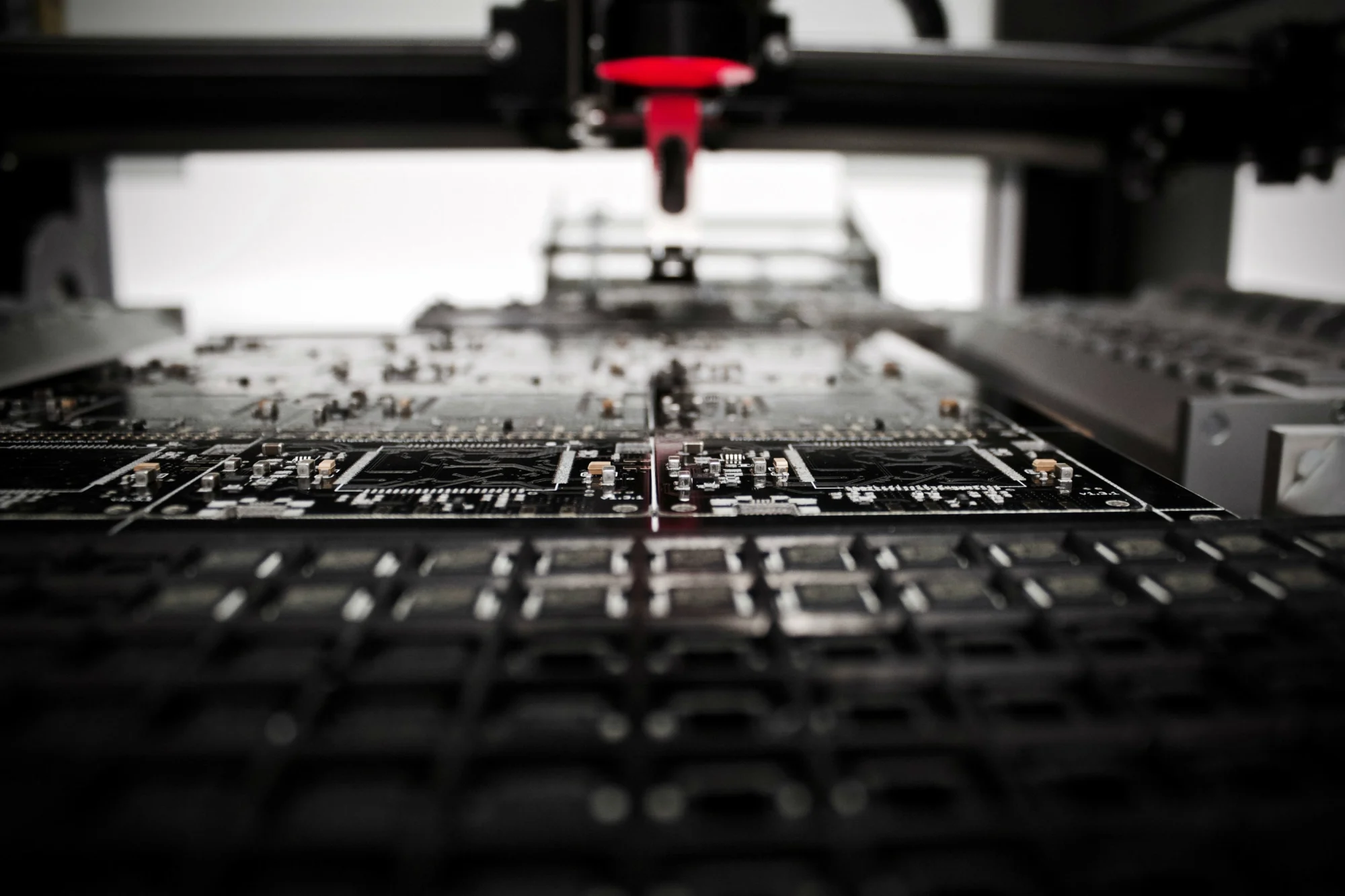Industry 4.0 – What does it mean to the Australian Defence Industry?
Innovation is at the centre of the renaissance for Australia’s Defence Industry and for our advanced manufacturers, innovation is synonymous with ‘Industry 4.0’ (or i4.0). It’s an enticing term, but what does it really mean? More importantly, where does the hype for i4.0 end and the realities (and limitations) of this new revolution begin?
Industry 4.0 refers to the fourth industrial revolution – an incoming era of cyber-physical systems powered by Artificial Intelligence (AI), the Internet of Things (IoT), autonomous machines, and big data. It is the next evolutionary step up from our current digital revolution into a new age of connected technologies and data-driven insights.

i4.0 and Defence Industry
Certainly, i4.0 promises big things for manufacturers across all industries. That includes Australia’s defence sector, where advanced manufacturers in the commercial and military space are being propelled forward by the 2016 Defence Industry Policy to produce autonomous systems, robotics and augmented reality solutions for land, sea, air, and space environments.
As a result, business is beginning to see the promised cost-saving benefits and performance improvements that come with removing man from the production machine. As more manufacturers invest in smart, connected, and self-maintaining equipment, we can expect the cost of ownership to shrink and the barriers to market entry begin to erode.
A new approach to working with the Australian Defence Force
These technologies go hand-in-hand with advancements in data analytics, cloud computing, and artificial intelligence. With these pillars of i4.0, manufacturers will now have the means to more accurately predict and respond to Australian Defence Force (ADF) supply needs, achieve smarter resource management, and use chips and sensors to better track and manage inventory and other assets. Ultimately, investments in the digital supply chain elements of i4.0 will improve speed to market, lower production costs, and facilitate more collaborative innovation. And considering that a significant share of aerospace and defence products are supplier developed, it is investments like these that will prove to be critical enablers for industry and military leaders alike.
It’s also fair to say i4.0 will change the way manufacturers approach their business. Already, innovations in tech and data analytics are giving way to creative platform businesses such as Amazon and Uber – eventually the Australian Defence Sector will be disrupted too.
We are already seeing increased investment, and as IoT, data, and customer-facing systems become more common in the i4.0 space, expect more. There is no doubt that fostering greater connectivity between the production of kit for the ADF and their end users, and the subsequent measurement of the data from these connections, will open the doors for more service-driven business models locally.
Imagine connecting ADF Capability Managers directly with their product and service providers. Imagine disrupting monolithic, multi-year procurements from the Department of Defence’s Capability Acquisition and Sustainment Group (CASG) and Chief Information Officer Group (CIOG) with simple, agile platform-based systems.
Having seen it occur in our civilian lives, perhaps a military/defence version is not so unthinkable.
A roadmap to Industry 4.0
The future is indeed bright. So the question is, how do we actually get there? Rough estimates say the i4.0 market could exceed US$ trillions in just a few years’ time.
However, this will require manufacturers to make bold investments in the equipment, integrated systems, training, and organisational capabilities needed to truly embrace the i4.0 revolution, and be ahead of their peers.
Here are seven steps to consider:
1. Learn what Industry 4.0 really means
Do the work to separate hype from reality. Reach out to industry experts, learn what others in your space are doing, and begin building a network of partners who can offer their own insights and expertise into i4.0 implementation.
2. Develop your Industry 4.0
Plan You can’t throw money at i4.0 and expect your work to be done. Unlocking the benefits of i4.0 means taking stock of your capabilities, understanding your specific goals, and drafting a smart strategic roadmap. Be honest about what can be done now and how to best position for the future.
3. Identify the benefits that might accrue to you
The value of i4.0 will differ for each organisation depending on their products, their customers, and desired outcomes. For partners in the defence supply chain, that means exploring how i4.0 tech – including cloud computing, big data, 3D printing, AI, and virtual reality – can advance ADF/Defence operations and how your organisation can lead the charge.
4. Assess the risks
Investing in i4.0 can help your organisation disrupt the industry and overtake competition. However, as it is disruptive, it can also cause operational disturbances, stakeholder backlash, and delays in supply. Ensure you measure the potential risks of each i4.0 technology, and plan from there.
5. Design a pilot project and experiment
Implement i4.0 fundamentals in smaller, containable, safe-to-fail trials. Remember, however, that pilots and discrete projects will not necessarily deliver sustainable performance improvement until greater scale is achieved.
6. Evaluate your projects
Measure the performance results from your i4.0 initiatives and use that data to change course or achieve even better outcomes.
7. Set up a wider industry 4.0 implementation framework
Once confident, pursue i4.0 on a larger scale through more strategic planning. Think holistically instead of functionally and assess your current i4.0 maturity through multiple lenses.
These steps can better prepare your business for the inevitable changes we see coming. While there’s always the option of letting i4.0 pass you by, in the defence industry, which is dependent on cutting-edge technology and efficient supply chains, this means running the risk of losing ground to the competition and missing the mark on customer expectations.
Ready or not, i4.0 is here – will you lead the revolution or get lost in the movement?
Article credit: Mike Kalms, Partner, Operations Advisory at KPMG Australia
Source: https://home.kpmg.com/au/en/home/insights/2018/05/industry-4-0-australian-defence.html




